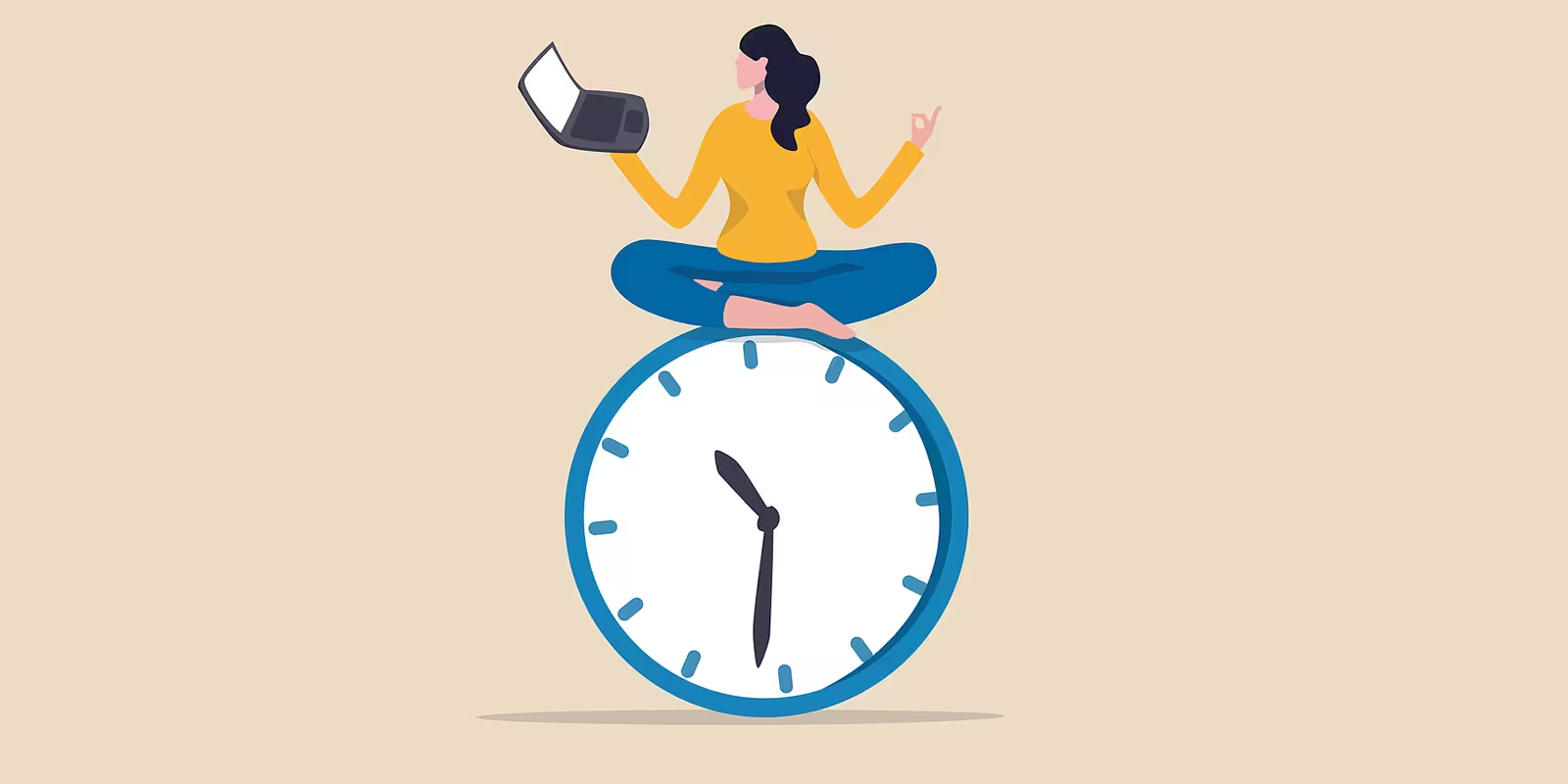Last Updated on May 22, 2025 by Kavya K
Working from home sounds like a dream — no commute, flexible schedule, and the comfort of your own space. But for many people, it becomes a trap of distractions, blurred boundaries, and constant procrastination. When your office is your bedroom or your kitchen table, it\’s easy to lose track of time and productivity. You might end up working longer hours but still feel like you’ve accomplished less. That’s why mastering time management while working from home is not just helpful — it\’s essential. Whether you’re a remote employee, freelancer, or entrepreneur, the following strategies can help you take control of your day, stay focused, and avoid burnout.
Set a Fixed Start and End Time — Respect Your Workday
One of the biggest mistakes people make while working from home is not defining their work hours. Without a fixed schedule, your workday can easily stretch into your personal time, making you feel like you\’re always “on.” This not only affects productivity but also leads to stress and burnout. Start by choosing a specific time to begin and end your work, just as you would in an office environment. Communicate these hours with your team or clients and stick to them. Knowing when to stop working is just as important as knowing when to start. It creates healthy boundaries between your personal and professional life, helping you recharge for the next day.
Create a Dedicated Workspace — Train Your Brain for Focus
Where you work has a huge impact on how well you work. If you’re trying to work from your bed or couch, your brain won’t switch into “work mode” effectively. A dedicated workspace — even if it’s just a small desk in a corner — signals to your mind that it’s time to focus. This space doesn’t need to be fancy or fully equipped like an office, but it should be organized, clean, and free of distractions. Make sure the lighting is good, your seating is comfortable, and the environment is quiet. When your brain associates that space with concentration and tasks, your ability to get into deep work improves drastically.
Plan Your Day in Time Blocks — Not Just To-Do Lists
Traditional to-do lists often fail because they don’t account for time. You may list 10 things you want to get done but only have time for 4. Instead, try time blocking — the practice of assigning specific hours of your day to specific tasks. For example, from 9–10 AM, respond to emails; from 10–12 PM, focus on project work; from 1–2 PM, take calls, and so on. This gives your day structure and keeps you from drifting between tasks. It also helps you stay realistic about what can be accomplished in a day. Time blocking brings a sense of urgency and purpose to every hour, so you’re less likely to waste time on distractions.
Eliminate Distractions — Create a No-Interrupt Zone
The home environment comes with its own set of distractions — family members talking, doorbells ringing, social media, or even the temptation to watch “just one episode.” To manage your time effectively, you need to take control of these interruptions. Set rules with people at home during work hours, use noise-canceling headphones if needed, and keep your phone away or on silent while doing deep work. Tools like website blockers can help limit access to time-wasting sites. Treat your work hours as sacred — as if your boss is sitting right next to you. Discipline in managing your environment is key to managing your time.
Use the Pomodoro Technique — Work in Focused Sprints
The Pomodoro Technique is a time management method where you work for 25 minutes straight and then take a 5-minute break. After four cycles, you take a longer break of 15–30 minutes. This technique works wonders because it aligns with your brain’s natural attention span and prevents burnout. Working in short sprints helps you stay mentally fresh and reduces the fatigue that often comes with long, unbroken work sessions. It also adds a game-like element to your tasks — a small timer ticking down can surprisingly boost motivation. There are plenty of Pomodoro timer apps online that you can use to stay consistent.
Prioritize Tasks with the 80/20 Rule — Work Smarter
The Pareto Principle, or the 80/20 rule, states that 80% of your results come from 20% of your efforts. Identify the high-impact tasks that bring the most value and focus on them first. Don’t waste your most productive hours on tasks like checking emails or organizing folders — save those for later in the day. Start your morning with the most demanding or meaningful work when your energy is high. By focusing on the most important things early, you gain momentum and reduce the pressure of having unfinished major tasks hanging over your head all day. Working smart beats working long.
Take Breaks with Purpose — Avoid Burnout
When working from home, you might feel guilty about taking breaks or you may forget to take them altogether. But breaks are not a luxury — they’re necessary for sustained productivity. Step away from your screen every few hours, stretch, drink water, or go for a short walk. These short resets refresh your brain and prevent mental fatigue. Don’t eat lunch at your desk; take that time to disconnect completely. Your mind needs variety and space to stay sharp. Taking quality breaks helps you return to your work with renewed focus and creativity.
End with a Shutdown Routine — Mentally Sign Off
Just as it’s important to start your workday with intention, ending it with a “shutdown ritual” helps your brain transition into rest mode. This could include reviewing what you accomplished, planning tomorrow’s priorities, organizing your desk, or simply closing your laptop and saying, “Work is done for today.” This habit creates mental separation between work and personal life, which is crucial when both happen in the same space. It prevents the feeling of always being “on” and allows you to fully relax, spend time with loved ones, or focus on hobbies in the evening without guilt.
Conclusion: Take Charge of Your Time, Take Charge of Your Life
Working from home can either be your most productive lifestyle or a constant battle with procrastination — the difference lies in how well you manage your time. With structure, discipline, and awareness, you can regain control of your workday. Set clear work hours, build a distraction-free workspace, block your time wisely, and remember to rest. Time management isn\’t about doing more things — it’s about doing the right things with purpose. When you master your time, you master your day — and when you master your day, you take control of your entire life.










